Blog
-
Differential Changed Map (DCM): How SQL Server Tracks Changed Pages
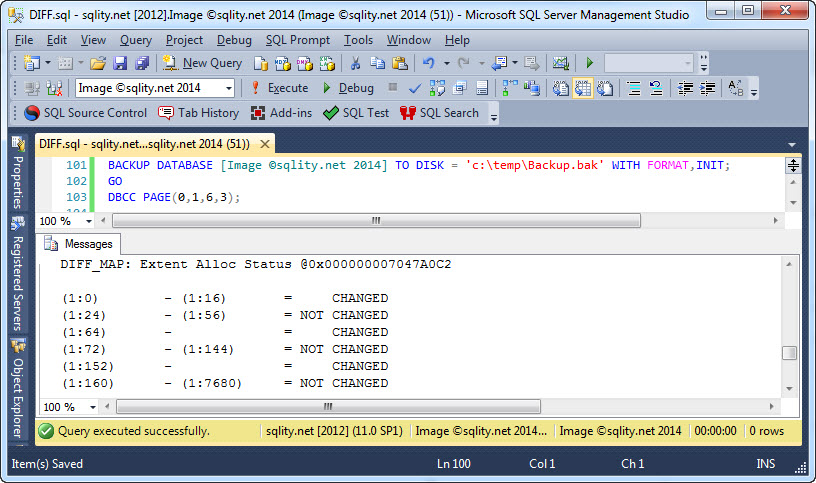
SQL Server uses the Differential Changed Map to determine, which pages changed since the last full backup. Read on to find out how the DCM is working.
-
How to Restore a Certificate in SQL Server
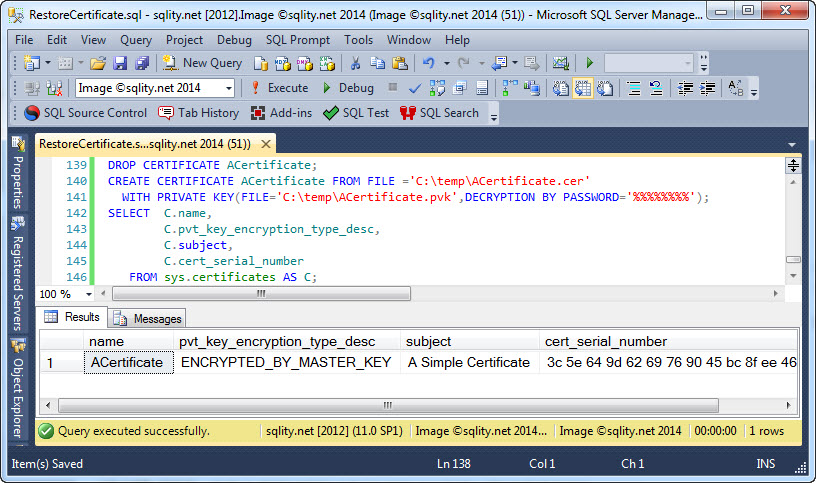
Do you know how to restore certificates in SQL Server? Read on to find out how, even though there is no RESTORE CERTIFICATE statement.
-
sys.certificates: How to get Information about all Certificates in a Database
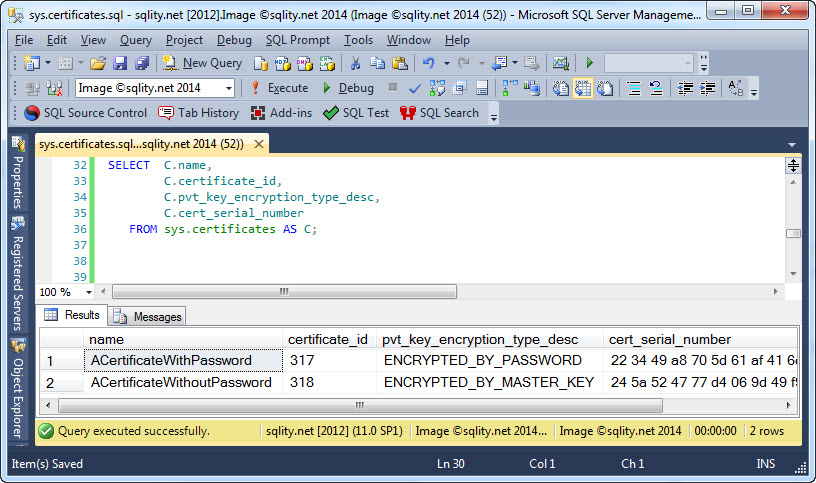
sys.certificates: Find out where to turn when you need information like the name the X.509 subject or the last backup date of a certificate that is installed in the current database.
-
How to Back Up Your Certificates
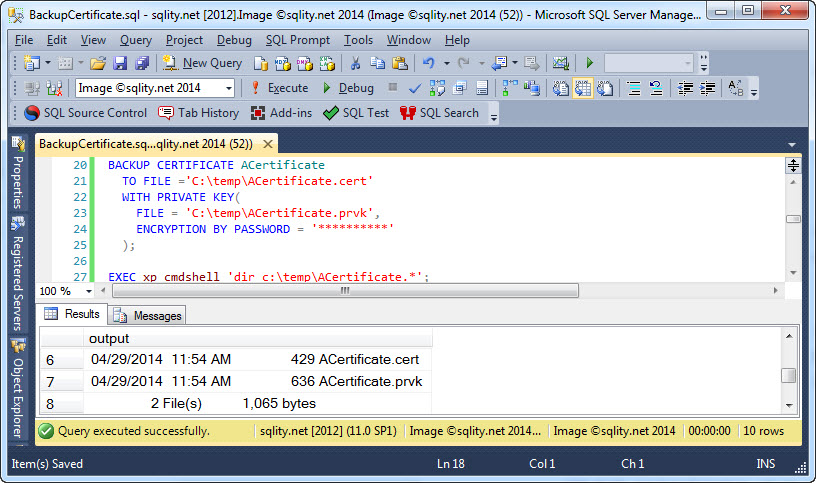
Certificates are an important part of you encryption strategy and as such need to be backed up. Discover how to achieve that, by using the BACKUP CERTIFICATE statement.
-
PFS Pages: How SQL Server tracks “Page Free Space”
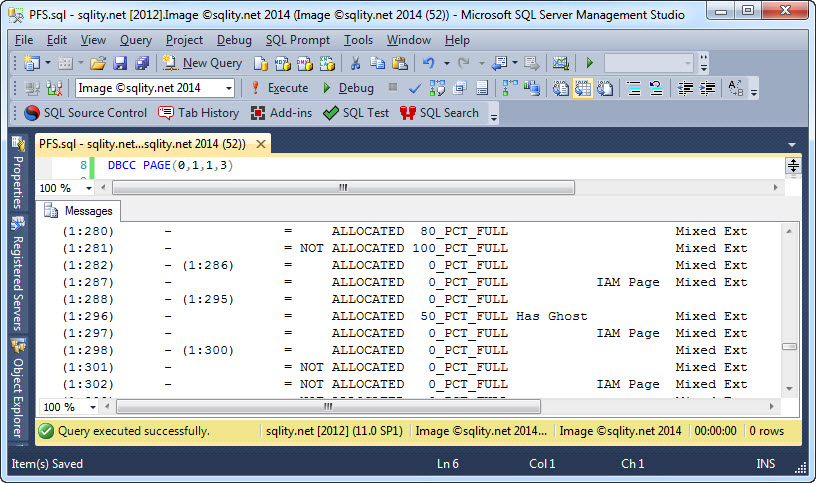
PFS pages contain information about the free space available on all pages in a database file. They contain one byte per page that also holds four additional status bits. Read on to discover how to interpret the PFS data.
-
CREATE CERTIFICATE – How to create a Self-Signed Certificate in SQL Server
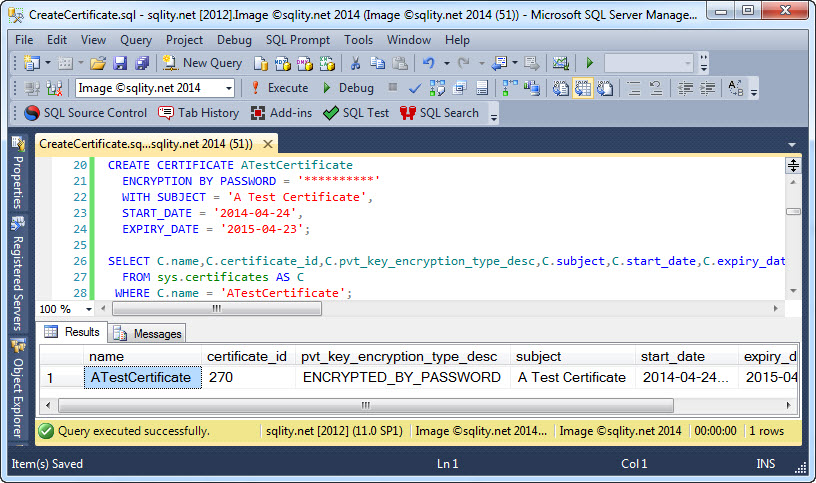
Discover how the CREATE CERTIFICATE T-SQL statement can be used to create a self-signed certificate, and what your options are to protect its private key.
-
How to Create a Database Master Key
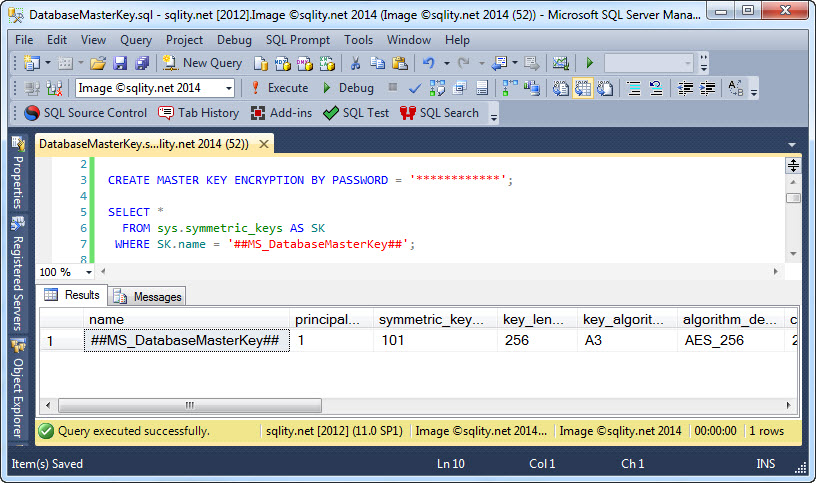
Discover how to create and protect the Database Master Key that builds the base of a database encryption hierarchy and in turn can protect certificates and asymmetric keys in its database.
-
How to Create a Service Master Key in SQL Server
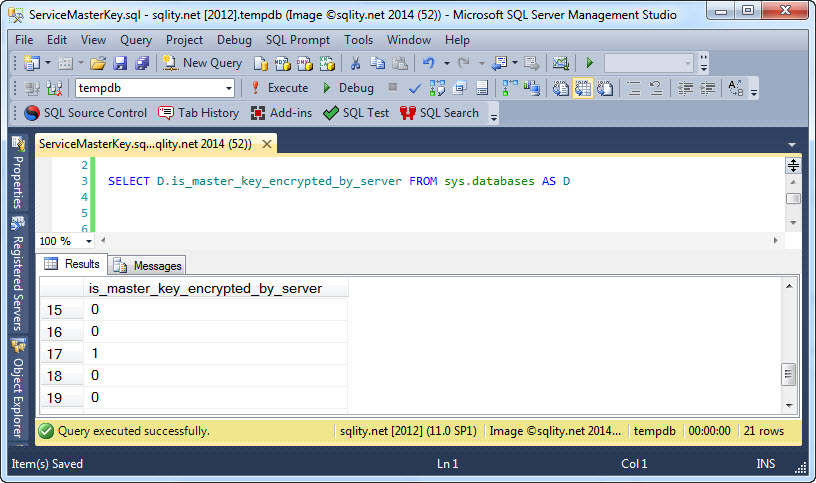
Discover how the service master key is created, what it protects and how it is protected itself, and learn about the two important security implications that arise from the protection mechanism used.
-
The Shared Global Allocation Map (SGAM)
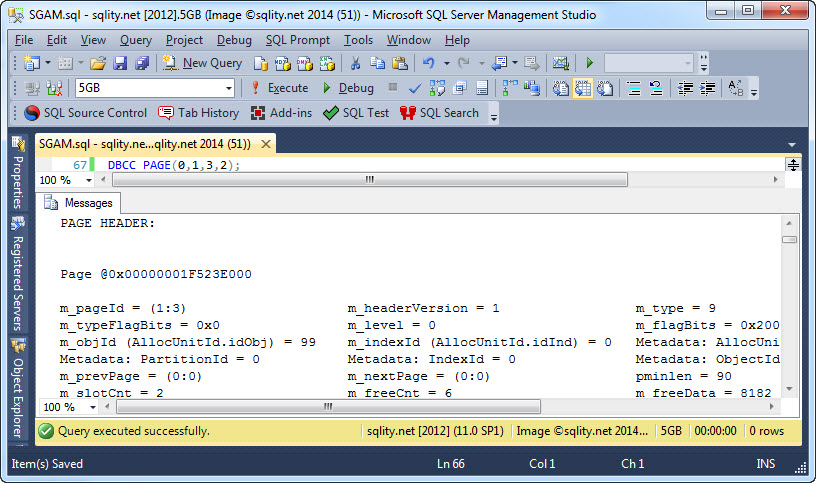
Discover how SQL Server tracks mixed extents containing free pages using a Shared Global Allocation Map made up of one SGAM page per GAM Interval.
-
How to Pick a Good Password

Do you know why you care about picking a good password and why reusing a password is a bad idea, even if you think your life is boring to a would-be hacker. Read on to discover how hackers get a hold of long lists of usernames and passwords and that a hack on a random page you might have used once can be a real threat to your online life.












